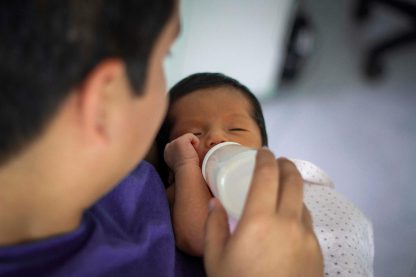Table of Contents
Screening and Selection Process
One of the key aspects of program management in babysitting is the screening and selection process of finding the right babysitter for your children. It is essential to conduct thorough background checks, including references, criminal history checks, and certifications, to ensure the safety and security of your children. Employers should also consider the babysitter’s experience, personality, and compatibility with the children to ensure a good fit. By carefully screening and selecting babysitters, employers can have peace of mind knowing that their children are in good hands.
On-Demand Childcare in Your Neighborhood
Book a Sitter
Setting Expectations and Guidelines
Clear communication is essential in any program management, including babysitting. Employers should establish clear expectations and guidelines for the babysitter to follow, such as daily routines, meal times, bedtime, and disciplinary methods. It is important to discuss any specific rules or preferences regarding childcare, such as screen time limits, dietary restrictions, and bedtime routines. By setting clear expectations and guidelines, both the babysitter and the employer can avoid misunderstandings and conflicts.
Communication and Feedback
Effective communication is key in program management, especially in babysitting. Employers should maintain open lines of communication with the babysitter, providing updates on the children’s schedules, activities, and any important information. It is crucial to encourage two-way communication, allowing the babysitter to ask questions, seek clarification, and provide feedback on their experiences. Regular check-ins and feedback sessions can help identify any issues or concerns early on and address them promptly.

Emergency Preparedness
In any childcare setting, emergency preparedness is paramount to ensuring the safety and well-being of the children. Employers should provide the babysitter with a list of emergency contacts, including phone numbers for parents, neighbors, and emergency services. It is important to discuss emergency protocols, such as first aid procedures, evacuation plans, and how to handle common childhood emergencies.
Employers should also ensure that the babysitter is trained in basic first aid and CPR to respond quickly and effectively in case of an emergency.
Continuous Improvement
Program management in babysitting is an ongoing process that requires continuous improvement and adaptation. Employers should regularly evaluate the babysitting experience, seeking feedback from both the babysitter and the children to identify areas for improvement. It is important to address any challenges or issues that arise, such as behavior problems, scheduling conflicts, or communication breakdowns. By continuously striving to improve the babysitting program, employers can provide a positive and rewarding experience for both the babysitter and the children.
In conclusion, program management plays a crucial role in babysitting by ensuring the safety, well-being, and overall positive experience for both the babysitter and the children. Employers should pay close attention to the screening and selection process, establish clear expectations and guidelines, maintain open communication, prepare for emergencies, and strive for continuous improvement in their babysitting program. By implementing these tips, employers can create a successful and fulfilling babysitting experience for all parties involved.










